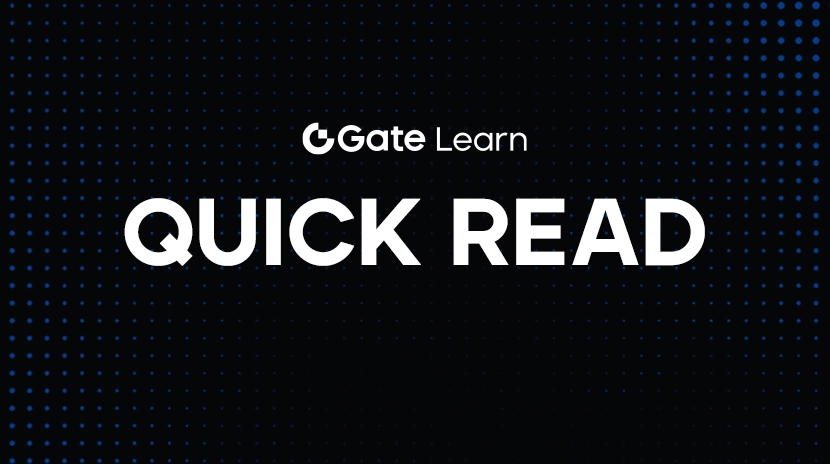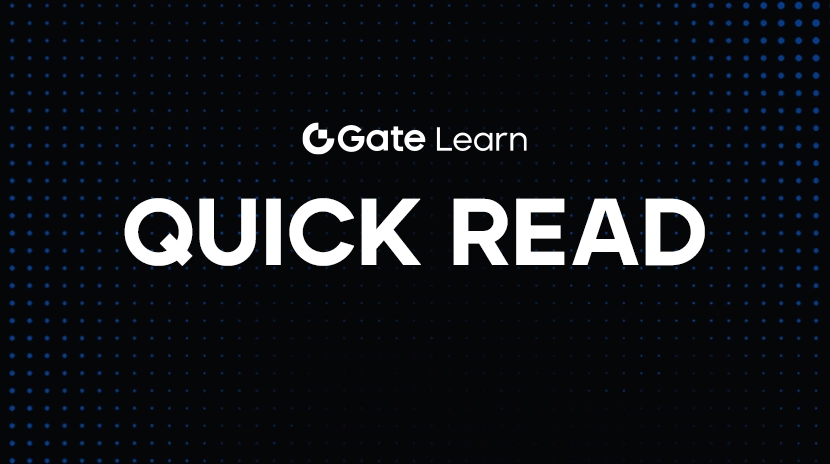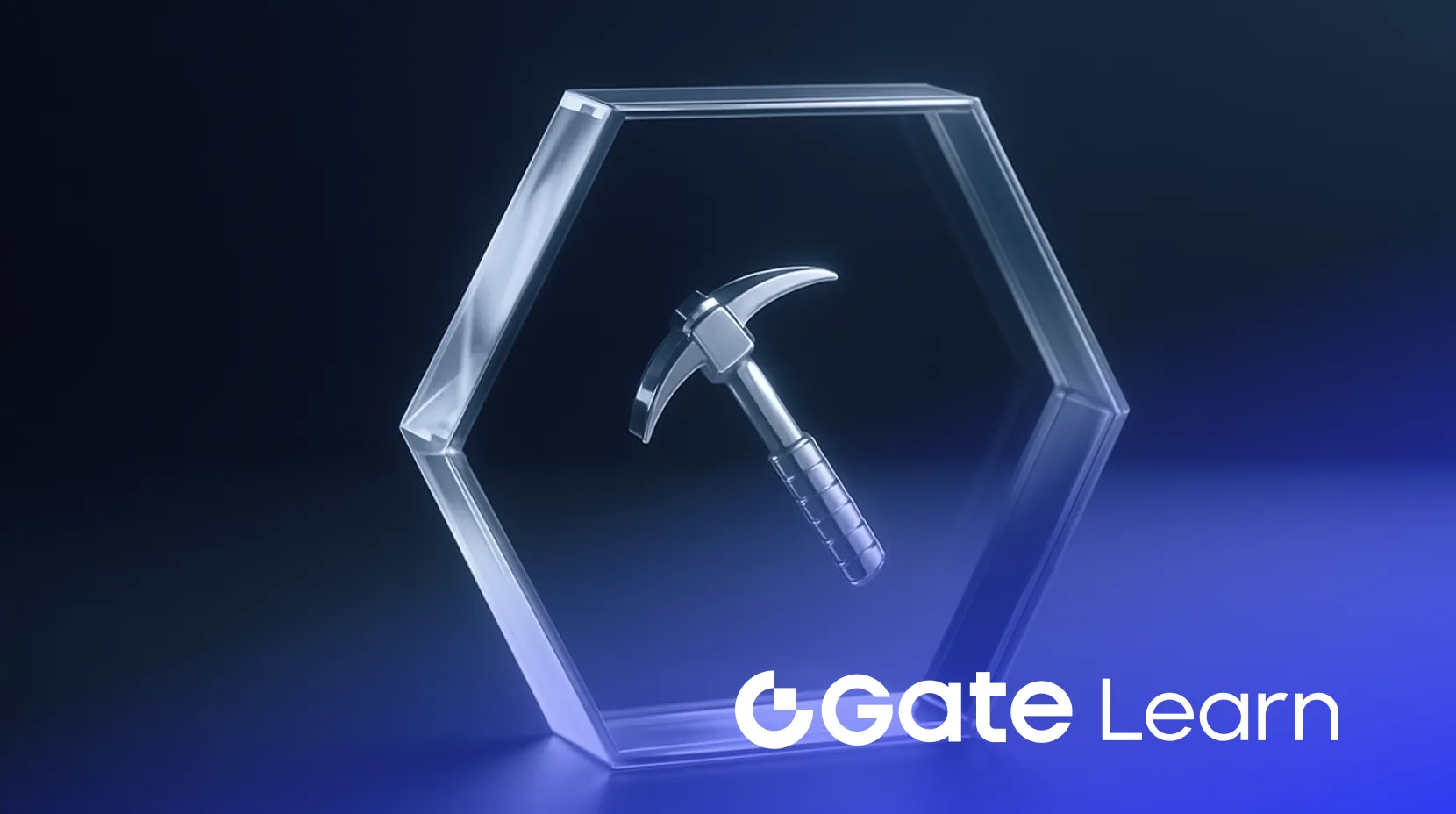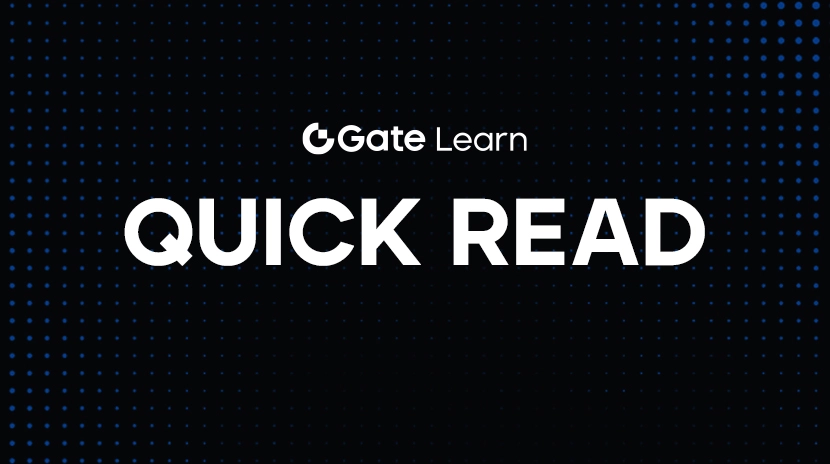ترقية إثيريوم Pectra: تعزيز كفاءة الشبكة وتجربة المستخدم

مصدر الصورة: 3 طرق ستتغير مع ترقية بيكترا في إثيريوم
إثيريوم, ثاني أكبر عملة رقمية في العالم من حيث رأس المال السوقي، تستعد لترقية شبكتها الرئيسية الأخرى - Pectra. كجزء من تطور إثيريوم المستمر، تهدف Pectra إلى تحسين الكفاءة والقابلية للتوسع وتجربة المستخدم العامة. ستكشف هذه المقالة عن الجوانب الرئيسية للترقية، وتأثيرها، وما تعنيه بالنسبة لمستخدمي إثيريوم والموثقين.
مقدمة لترقية بيكترا
نظرة عامة على ترقية إثيريوم بيكترا
ترقية إيثيريوم بيكترا هي تحسين كبير للشبكة مصمم لتحسين دفعات الغاز، وتحسين توافر البيانات، وتبسيط تجربة الشبكة بشكل عام. بعد نجاح التحديثات السابقة مثل الدمج ودينكون، تمثل بيكترا معلمًا آخر في خريطة طريق إيثيريوم نحو التوسع واللامركزية.
تاريخ الإطلاق المجدول والمراحل
قام مطورو إثيريوم بجدولة ترقية بيكترا للتنفيذ على شبكات الاختبار في بداية عام 2025. ستتم الشراء بترتيبات مراحل، مما يضمن إجراء اختبارات صارمة قبل نشرها في النهاية على شبكة إثيريوم الرئيسية. يتيح النهج التدريجي للمطورين تحديد المشاكل المحتملة وتحسين الأداء قبل إطلاقها بشكل كامل.
الميزات الرئيسية لبيكترا
دفعات الغاز المرنة مع التجريد الحسابي
أحد أكثر الميزات المنتظرة في بيكترا هو التجريد الحسابي (AA)، الذي يتيح للمستخدمين دفع رسوم الغاز بالرموز الرقمية الأخرى بدلاً من ETH. يعزز هذا التحسين من المرونة والقابلية للاستخدام لكل من المطورين والمستخدمين، مما يجعل عمليات التحويل أكثر سلاسة وكفاءة من حيث التكلفة.
مقدمة PeerDataAvailabilitySampling (PeerDAS)
PeerDAS هو حلا جديدًا لتوفير البيانات مصمم لتحسين كفاءة شبكة إثيريوم من خلال تحسين كيفية تخزين البيانات والوصول إليها. سيساعد هذا الابتكار في تقليل متطلبات التخزين مع الحفاظ على أمان ولامركزية سلسلة الكتل.
تنفيذ أشجار Verkle لتحسين تخزين البيانات
تقدم Pectra أشجار Verkle ، وهي هيكل بيانات يعزز قدرة إثيريوم على تخزين وتحقق حجم كبير من بعض البيانات. هذا الترقية أمر حاسم لتحسين كفاءة الشبكة ، حيث يقلل من كمية التخزين المطلوبة للمحققين مع الحفاظ على الأمان القوي.
الاختبار والجدول الزمني للنشر
تنشيط الشبكة التجريبية على هوليسكي وسيبوليا
يخطط مطورو إثيريوم لتنشيط ترقية بيكترا على شبكات الاختبار مثل هوليسكي وسيبوليا قبل نشرها على الشبكة الرئيسية. ستساعد هذه المرحلة التجريبية في تحديد المشاكل المحتملة وضمان سلس تشغيل الترقية.
توقعات إطلاق الشبكة الرئيسية
استنادًا إلى نجاح نشر الشبكة التجريبية، يُتوقع أن يتم إطلاق ترقية بيكترا لإثيريوم على الشبكة الرئيسية بحلول منتصف عام 2025. ستخضع الترقية لتقييمات دقيقة قبل الاندماج الكامل، لضمان تلبية توقعات الأمان والأداء.
تأثير على المستخدمين والمحققين
الفوائد لمستخدمي إثيريوم
يمكن لمستخدمي إثيريوم أن يتوقعوا العديد من الفوائد من ترقية Pectra، بما في ذلك رسوم الغاز المنخفضة، والمعاملات الأسرع، والأمان المحسن. سيحسن أيضًا إدخال الدفعات المرنة للغاز من خلال التجريد الحسابي استخدام الأداء العام لتطبيقات إثيريوم.
تحسينات للمحققين وعمليات الرهان
سيواجه المدققون متطلبات تخزين البيانات المخفضة وزيادة في الكفاءة في التحقق من المعاملات. تهدف هذه الترقية إلى جعل عملية الرهان أكثر سلاسة مع ضمان استمرار إثيريوم كشبكة آمنة ولامركزية.
التحديات المتوقعة والاعتبارات
المخاطر والقضايا المحتملة المحددة خلال مراحل الشبكة التجريبية
بينما يجلب تحديث Pectra العديد من التحسينات، إلا أنه ليس بدون مخاطر محتملة. قد تكشف تنشيطات الشبكة التجريبية عن أخطاء أو ثغرات تحتاج إلى إصلاح قبل نشر الشبكة الرئيسية. سيعمل مطورو Ethereum على التخفيف من هذه المخاطر وضمان انتقال سلس.
استراتيجيات لمعالجة التحديات وضمان استقرار الشبكة
لضمان استقرار الشبكة، سيقوم مطورو إثيريوم والمحققون بإجراء اختبارات وفحوصات مكثفة قبل تنفيذ الترقية. سيكون التغذية المستمرة من مجتمع إثيريوم دوراً حاسماً أيضاً في تنقيح الترقية قبل إطلاقها بشكل كامل.
ننظر إلى المستقبل: تحديثات إثيريوم المستقبلية
نظرة عامة على الترقيات القادمة مثل Fusaka وGlamsterdam
بعد بيكترا، يوجد المزيد من الترقيات في خط أثيريوم، بما في ذلك فوزاكا وغلامستردام. تهدف هذه التحديثات إلى تعزيز قابلية التوسع والكفاءة والأمان لأثيريوم، مما يمهد الطريق للنمو والاعتماد المستمرين.
أهداف طويلة الأمد لزيادة قدرة إثيريوم وكفاءتها
رؤية إثيريوم على المدى الطويل هي تحقيق قدرة توسعية أكبر مع الحفاظ على طبيعتها اللامركزية والآمنة. انتقال الشبكة نحو هياكل بيانات أكثر كفاءة وآليات دفع الغاز يمثل خطوة أقرب نحو تحقيق هذا الهدف.
استنتاج
تم تحديث إثيريوم بترقية Pectra لجلب تحسينات كبيرة في كفاءة الشبكة وتجربة المستخدم. مع ميزات مثل الاستيطان الحسابي، و PeerDAS، وأشجار Verkle، يستمر إثيريوم في الابتكار وتعزيز موقعه كبلوكشين رائد. تابع التحديثات على إثيريوم واستكشف فرص التداول علىGate.ioللبقاء في المقدمة في المشهد الرقمي المتطور للعملات المشفرة.
المقالات ذات الصلة

ما هي عملة إيلون الرسمية (ELON)؟

كيفية كسب USDT: أفضل الطرق لزيادة مقتنياتك من العملات الرقمية

تحليل قيمة عملة Pi: الآفاق المستقبلية لعملة Pi في سوق العملات الرقمية

أفضل تطبيق للتعدين في مجال العملات الرقمية

كم يمكن أن يرتفع XRP؟ كيف سيؤثر سياسة العملات المشفرة لترامب على الاتجاه المستقبلي لـ XRP؟
